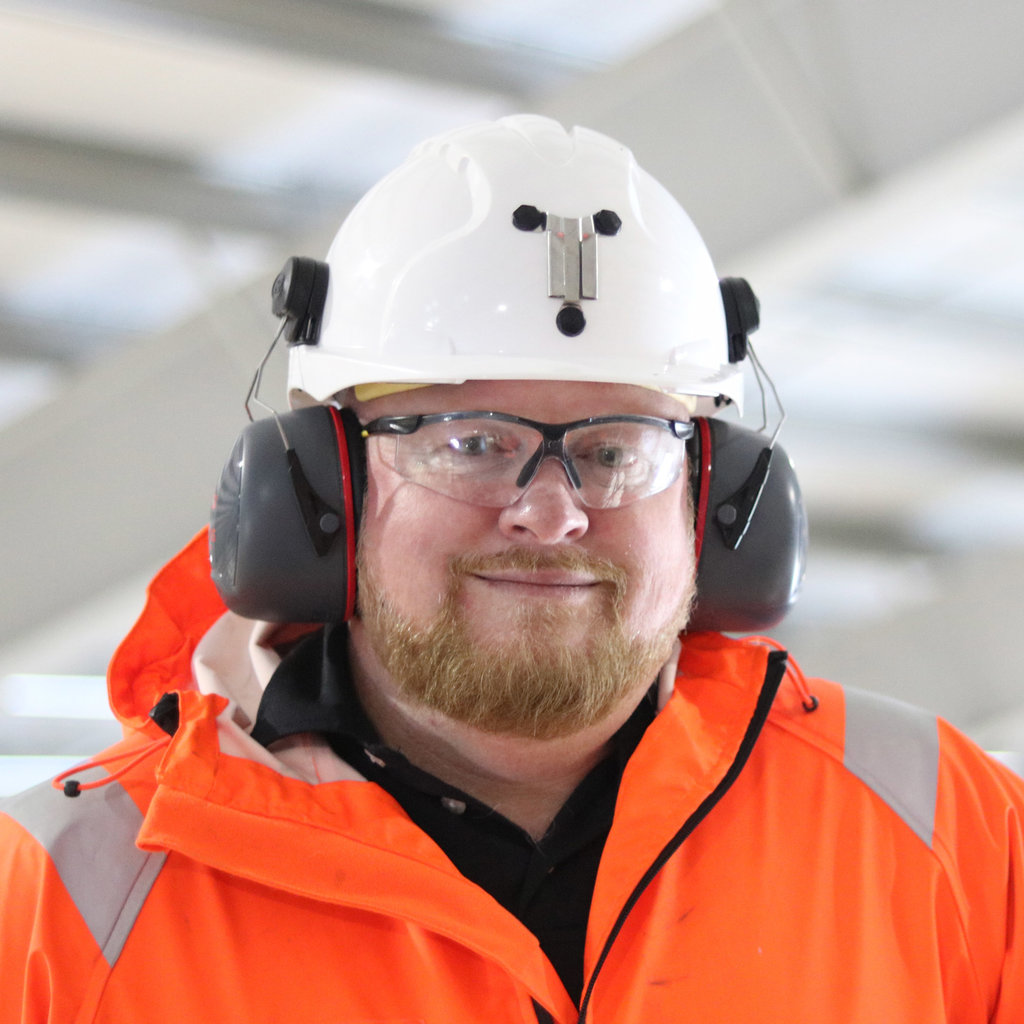
The final design of the pacemaker is 1.8mm wide, 3.5mm long, and 1mm thick. Credit: Good dreams – Studio / Shutterstock
On 2 April 2025, engineers at Northwestern University published a study on a new dissolvable pacemaker, smaller than a grain of rice and powered by light. This device, which can be implanted nonsurgically using a syringe, has the potential to save the lives of newborns with heart problems and may also assist adults with certain heart defects.
The need for temporary pacemakers
Every year, about 1% of infants are born with heart defects, many of which only need a temporary pacemaker for about seven days to allow the heart to heal naturally. However, in areas with limited medical resources, what should be a simple procedure can lead to serious complications. Current methods for temporary pacemakers in adults involve surgeons attaching electrodes directly to the heart and connecting them to an external device with wires. After the electrodes are no longer needed, they are removed, but this can lead to risks such as infections, tissue damage, and blood clots. Sometimes, the wires can become trapped in scar tissue, causing further issues. Igor Efimov, an experimental cardiologist and co-leader of the study, noted that astronaut Neil Armstrong died in 2012 after experiencing internal bleeding related to a temporary pacemaker.
Previous innovations in pacemaker technology
In 2021, a team from Northwestern University, including Efimov, introduced a temporary pacemaker that could dissolve in the body and did not need large batteries or wires. This device works similarly to smartphones and radio-frequency identification tags, which are small chips used in electronic payments and tracking items. However, the pacemaker has a built-in antenna to send signals. When it detects an irregular heartbeat, it uses light to turn on and control the heart’s pacing. This light can easily pass through the skin and muscles.
The original pacemaker worked well but was limited in size due to its antenna. The researchers then focused on making the pacemaker even smaller. They replaced the radio antenna with a design that uses light for communication and changed the power source to a galvanic cell, a type of battery that generates electricity from chemical reactions in the body. The new pacemaker has two metal electrodes that create an electrical current when they come into contact with body fluids. This current stimulates the heart through a tiny switch activated by infrared light.
The final design of the pacemaker is 1.8mm wide, 3.5mm long, and only 1mm thick. It can provide the same electrical stimulation as a standard pacemaker. Because the materials used in this pacemaker dissolve over time, there is no need for a follow-up surgery to remove it, which reduces the risk of complications.
Future possibilities
The researchers believe that future advancements could allow for multiple pacemakers to be used together in the heart, enabling more complex treatments for conditions such as arrhythmias, which are irregular heartbeats. They also see potential for integrating these pacemakers into other medical devices such as heart valve replacements, which can cause heart block (a condition where the heart’s electrical signals are disrupted). The small size of the pacemaker means it could also be used in other medical tools for pain relief and nerve or bone repair. Ultimately, the team’s main goal is to help children. Efimov emphasised that this tiny pacemaker can be placed on a child’s heart and gently stimulate it, providing a safer and more effective solution for young patients.
GlobalData’s business fundamentals senior analyst Ophelia Chan says: “Oncology continued to dominate as the leading therapeutic area for IPOs this year, highlighted by CG Oncology’s $437m upsized IPO—the largest and first of the year. The company’s robust clinical data and ability to secure substantial capital have contributed to its strong performance in 2024.”
After a quiet summer, the IPO market reached full swing in autumn when Bicara Therapeutics, Zenas BioPharma, and MBX Biosciences all opened on the NASDAQ on the same Friday in September. The ‘triple-header event’ saw the three companies pull in over $700m combined. It was no surprise that the surge in activity came after the Federal Reserve’s decision to lower interest rates for the first time in years, ushering in a more inviting funding environment. This fruitful month was a stark contrast to August, which saw a significant global stock market dip amid fears of a US recession.
In June, Telix Pharmaceuticals – an emerging player in the fast-growing radiopharmaceutical space – pulled a last-minute plug on its IPO. The Australian company had been planning to list on NASDAQ and was on course to raise $232m – a value that would have placed it high on the list of biotech IPO sizes this year. Telix cited that its board did not move forward with the plans due to market conditions at the time.

On The Ground International assists Venezuelan caminantes (pictured) between Pamplona and La Laguna, Santander, Colombia. Credit: On The Ground International / Facebook

The Smart Clinic in La Guajira, Colombia. Credit: Siemens Healthineers
Numb feet, bleeding legs and dehydrated bodies mark their journeys – not to mention infectious diseases and psychological trauma. Studies have identified outbreaks of measles, diphtheria and malaria across Venezuela, while tuberculosis, typhoid and HIV, are also resurgent.
Caption. Credit:
Once we see where those changes are, we can plan where we’re going to cut the bone.
Dr Lattanza

Phillip Day. Credit: Scotgold Resources
Total annual production
Australia could be one of the main beneficiaries of this dramatic increase in demand, where private companies and local governments alike are eager to expand the country’s nascent rare earths production. In 2021, Australia produced the fourth-most rare earths in the world. It’s total annual production of 19,958 tonnes remains significantly less than the mammoth 152,407 tonnes produced by China, but a dramatic improvement over the 1,995 tonnes produced domestically in 2011.
The dominance of China in the rare earths space has also encouraged other countries, notably the US, to look further afield for rare earth deposits to diversify their supply of the increasingly vital minerals. With the US eager to ringfence rare earth production within its allies as part of the Inflation Reduction Act, including potentially allowing the Department of Defense to invest in Australian rare earths, there could be an unexpected windfall for Australian rare earths producers.
